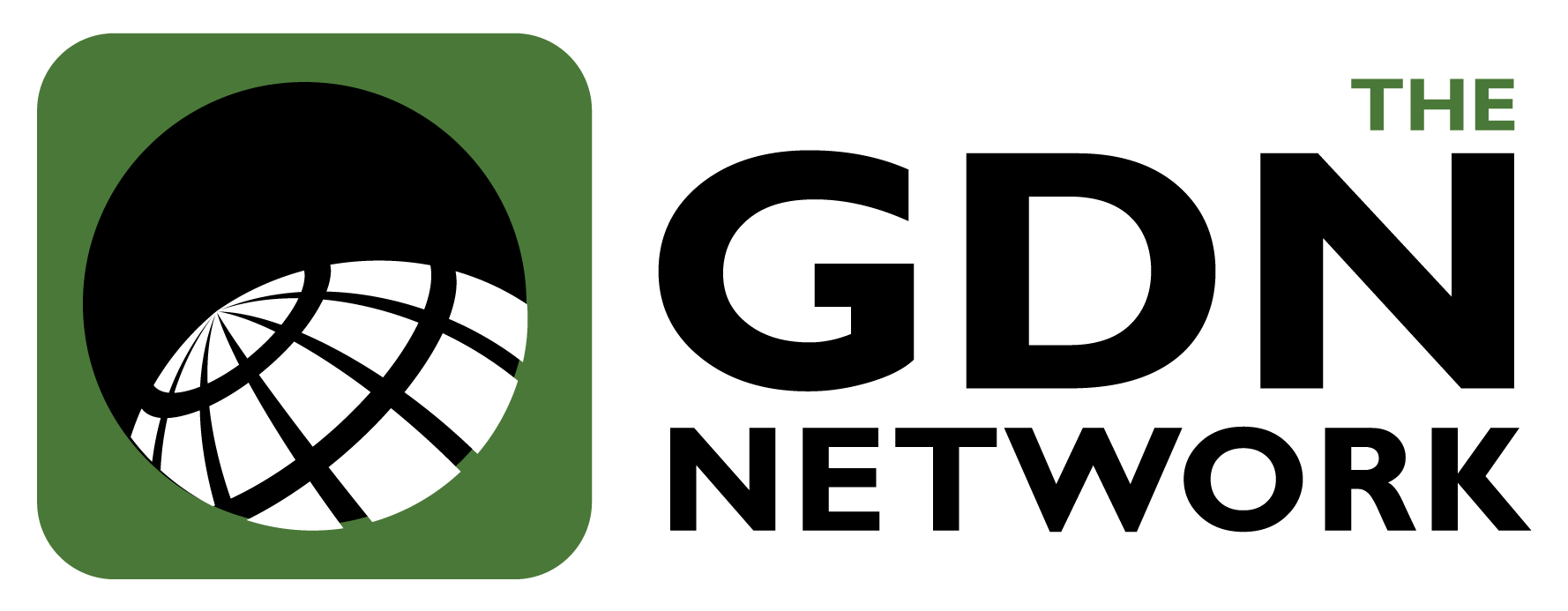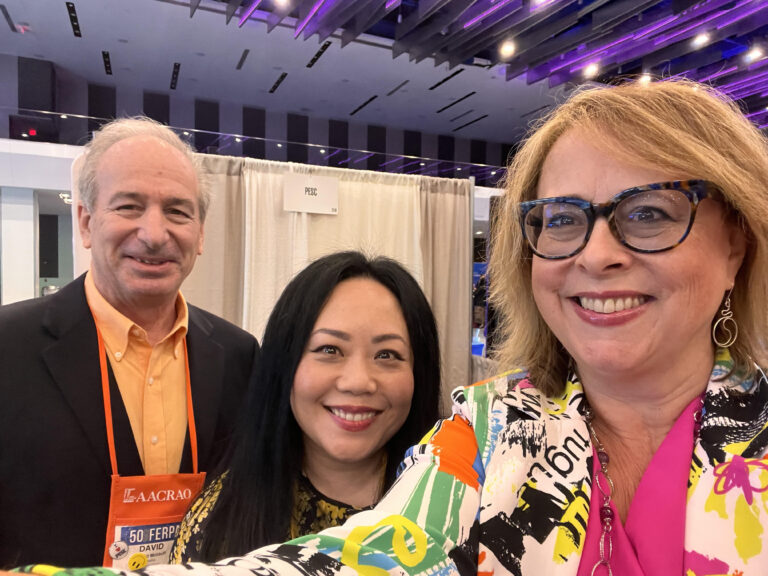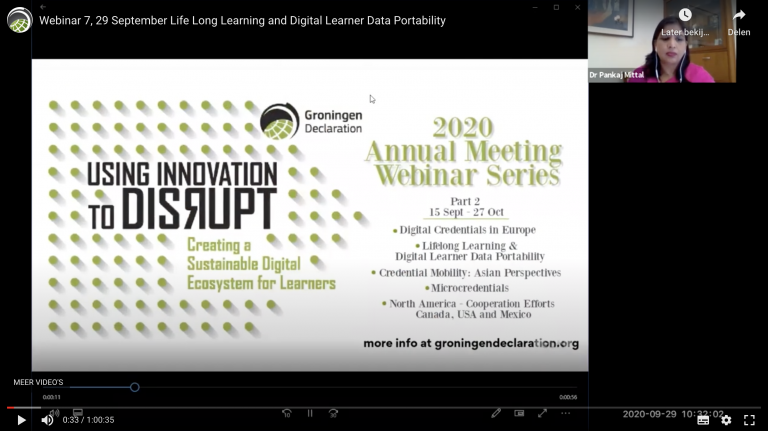January 2020 saw the merging of two of the three largest U.S. academic credentials networks: Parchment, signatory since 2015 and an active member, and Credential Solutions, who attended their first GDN meeting in Paris in 2018 and signatory since then. The new combined organization, named Parchment, is dedicated to its mission of helping learners to more easily turn their academic and professional credentials into opportunities across a range of enrollment and employment pathways.
Integrated Network
The new combined Parchment organization offers a comprehensive platform supporting the issuing and receiving of digital transcripts, diplomas, certificates, and digital badges. Parchment’s exchange network spans 5,240 U.S. secondary schools, 1,500 university registrar offices, and 10 U.S. state education agencies, as well as 7,750 receivers world-wide. Over 18 million credentials were exchanged through the combined Parchment network in 2019.
Through its participation in GDN, Parchment has also forged exchange relationships with agencies and networks around the world, including CHESICC and the Swedish Council for Higher Education. According to CEO Matthew Pittinsky, a key consideration of the merger was to provide a more scaled network of U.S. education organizations to accelerate the formation of global exchange partnerships. This is why Parchment’s engagement with GDN is so important and strategic.
Key Priorities and Trends
According to the merger announcement issued by Parchment and Credentials, the new combined organization is focused on five industry trends related to academic credentialing:
U.S. Enrollment pathways: The secondary school transcript is becoming the central source for undergraduate admissions and post-matriculation advising, while credit transfer between institutions is increasingly important for postsecondary students as they move between schools to earn a degree.
Credential innovation: Colleges and universities are reimagining the scope, form, and function of their credentials to translate their learners’ education into successful employment pathways.
Lifelong learning: Traditional barriers between secondary, postsecondary, and professional education are blurring as learners expect greater control of their knowledge profile.
Open standards: PESC and IMS Global are enabling substantial innovation in digital credentialing based on interoperability.
Interoperable learner records: An open, learner-controlled ecosystem enables the exchange of verifiable credentials without aggregating large amounts of student data as a single source.




